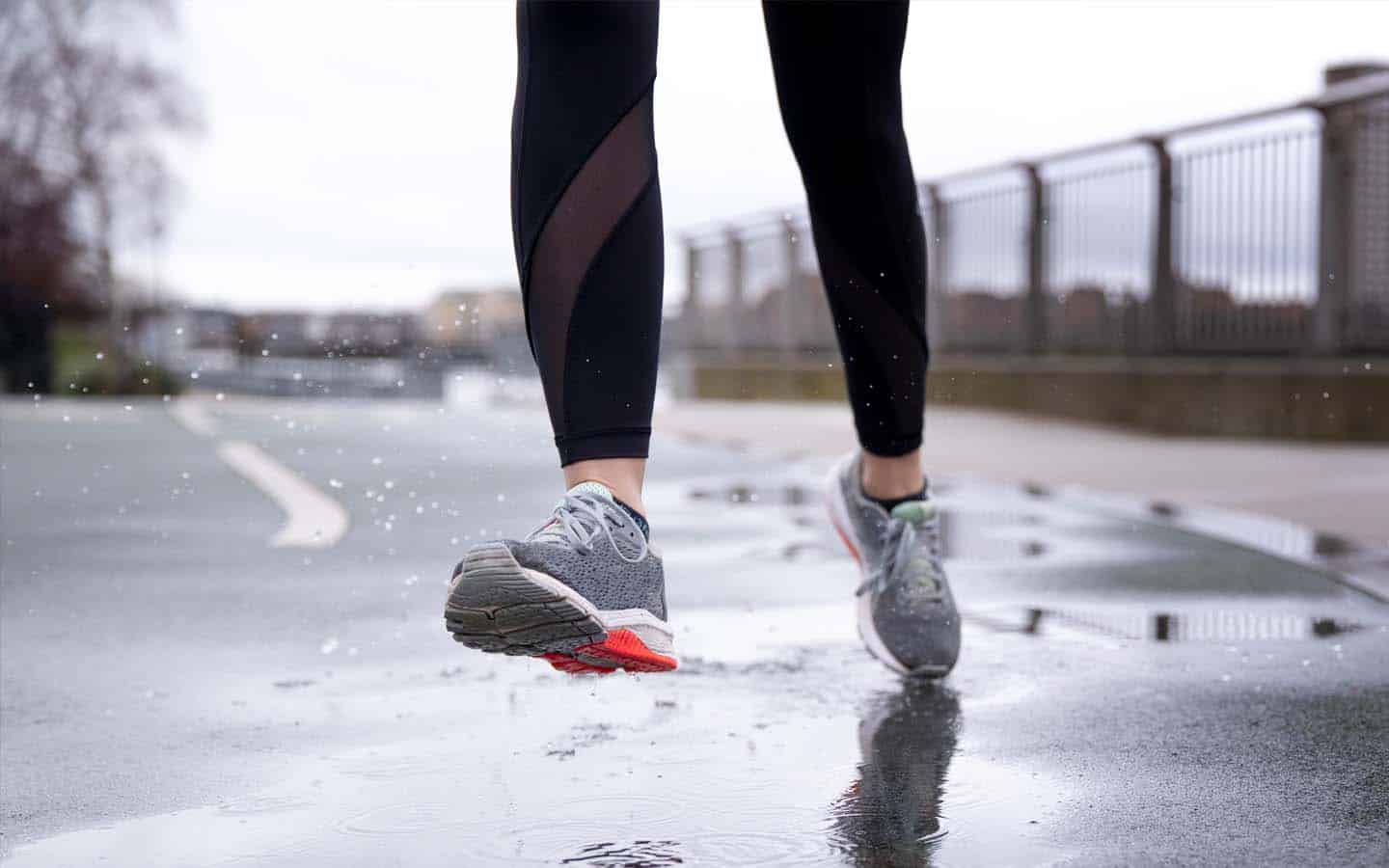
Running-Related Injuries
The foot is the first thing to hit the ground when running or walking, which affects how the impact is distributed throughout the body. Good foot stability will provide a cascade effect up through the lower extremities into the pelvis, which will allow optimal alignment from the ground up, starting with each initial foot strike.
Because of the large and repetitive strain runners place on their feet with each workout, they are a fitting population with which to study correlation between foot strength and injury incidence. Running related injuries are common among runners of all distance, and were previously assumed to be more prevalent in long-distance runners. However, previous studies have shown that running distance and weekly mileage, whether ramped up slowly or rapidly, do not actually increase risk for RRI.
Interestingly, strengthening of foot-ankle muscles, with the aim of improving postural control and balance, has been shown in several studies to be effective at reducing risk of RRI. One study, titled Foot Core Training to Prevent Running-Related Injures (1), aimed to identify the main factor that contributes to RRI among male and female long-distance runners.
The study’s intervention group received 8 weeks of training focused on the foot-ankle muscles, with 12 exercises progressing weekly in volume and difficulty. Participants were trained 4x/week, supervised in person (1x/week) and remotely by a physical therapist. Participants in the control group were instructed to perform a 5-minute placebo static stretching protocol 3x/week and received weekly calls from the physical therapist, but were not supervised during exercise.
Assessment consisted of 3 evaluations: at baseline, 8 weeks, and 16 weeks, with weekly reporting on participants’ running distance, pace, and RRI for 12 months. The Foot Posture Index, which qualifies and quantifies 6 aspects of foot structure to scale from a ‘supinated’ high-arch foot to a maximally-pronated low-arch foot, was used to measure participants’ baseline characteristics. The test for foot/toe strength measured flexion force of the big toe on a foot plate which also recorded medial arch height.
At the end of the study period, the recreational runners randomized to the foot core strengthening protocol in the intervention group had a 2.42-fold lower rate of RRI’s compared with the control group. In other words, control group participants were 95% more likely to experience RRI’s than participants in the intervention group. Based on the Foot Posture Index and the foot strength gain, the control group’s program showed evidence of increased strength and effective RRI risk reduction in recreational runners at 4 to 8 months of training.
This study proved intrinsic foot strength to be an effective component of increased stability and reduced risk of injury. Researchers and exercise physiologists have defined the “foot core” as a musculoskeletal subsystem that manages input and stability to accommodate demands during static and dynamic activities (2). While foot core strength is particularly important for runners due to intrinsic foot muscles’ role dampening impact and propelling the body forward, programs to strengthen these muscles have also been proven effective in other populations. Foot strengthening has been shown to decrease risk for falls in the older population (3), increase jump performance in athletic populations (4), and to help with balance and kinesthetic function as a key component of rehabilitation programs.
Work YOUR Foot Core
Play this simple video walk-through of a few strengthening exercises to try for yourself!
By Aubin Sullivan

